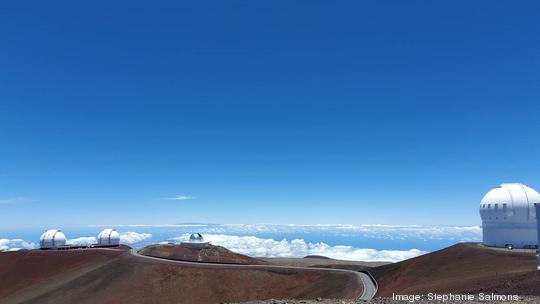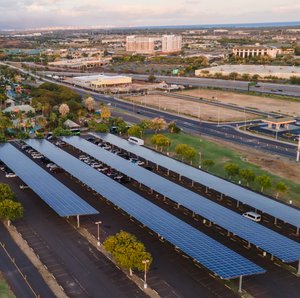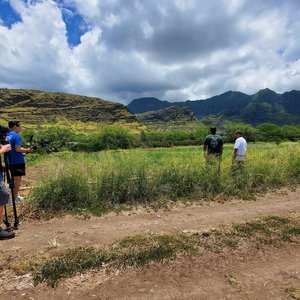
The astronomy sector employed 1,313 Hawaii residents and had a total economic impact of $221 million in 2019, according to a Jan. 30 update from the University of Hawaii Economic Research Organization, or UHERO.
Additionally, astronomy-related expenditures statewide — including purchases from local businesses, salaries and wages, and spending by students and visiting researchers – totaled $110 million in 2019, up marginally from the $99.43 million spent in 2012, according to the report.
Of that, $57.18 million was was spent in Hawaii County, $35.22 million was spent in the City and County of Honolulu, $17.33 million was spent on Maui and $280,000 was spent on Kauai.
"The $11 million difference in statewide spending can be largely attributed to higher expenditures reported in Honolulu and Maui counties in 2019," according to the report.
According to UHERO, Hawaii Island – where, in 1968, the state granted UH a 65-year lease to operate the Maunakea Science Reserve as a scientific complex to establish astronomy in Hawaii – had an astronomy-related impact of $102 million, or 46% of the impact statewide, and had 611 jobs, or 46% of the state's astronomy-related employment.
There were another 517 astronomy-related jobs in Honolulu, 176 on Maui and nine on Kauai.
UHERO also found that in 2019, astronomy-related activities generated $68.05 million in labor income and $10.1 million in state taxes.
"Astronomy continues to be a sizable and stabilizing source of economic activity," the report reads. "Astronomy output for 2019 was equivalent to 78% of the total farming output statewide, or 21% of the output from the private educational services sector."
“This is an important snapshot of the benefits astronomy provides our communities, particularly through the creation of many high-tech jobs,” UH Institute for Astronomy Director Doug Simons, who has worked in astronomy on Hawaii Island since 1990, said in a statement. “It’s a sustainable sector with career pathways that our local residents including Native Hawaiians have available. Employment opportunities in astronomy include engineers, technicians, administrators, outreach specialists, and many more. Most of these jobs are held by Hawaii residents at the time of hire, with many born and raised in Hawaii.”
Simons said in a recorded statement that on Hawaii Island alone there are more than 100 contract workers, doing everything from hydraulics within elevator systems on the observatories to road work to mechanical work, given business every year, "kind of a spill over, if you will, of these investments. So you can think of that as multiplying out as well across the island."
According to UH, a full UHERO report on the economic impact of the astronomy sector is expected to be complete by midyear. That report will address how astronomy is embedded in local communities as well as the ripple effect of public-funded research.



